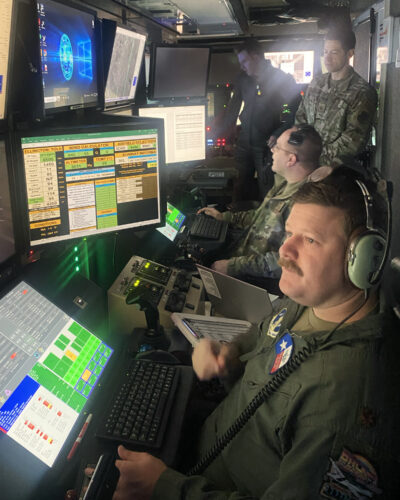General Atomics Aeronautical Systems, Inc. (GA-ASI) recently released details of a successful live-fire demonstration involving its Mojave unmanned aircraft system (UAS). Conducted on Apr. 13th, at Yuma Proving Ground, Arizona, the test validated the Mojave’s weaponization capabilities and underscored its potential as a multi-mission tactical asset.
Continue reading “Mojave fires the DillonAero DAP-6 gun pods”


